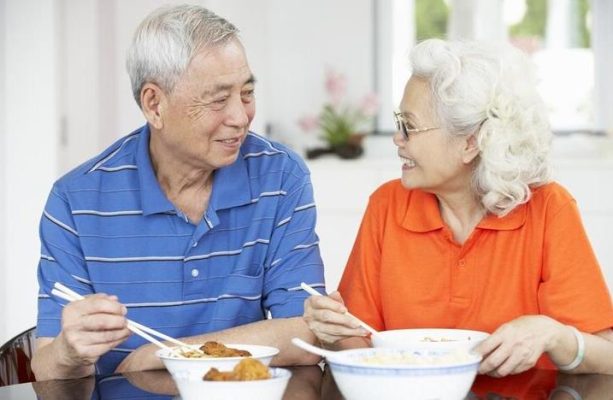Healthy diet
Japanese people also love to eat rice, why do they control their blood sugar better?
Japanese people also love to eat rice, why do they control their blood sugar better?
According to the data released by the International diabetes Alliance, there will be about 141 million diabetes patients in China by 2021, with a incidence rate of 12.8%. To convert, there is one diabetes patient in every eight people in China.
Japan, our neighbor, also uses rice as its staple food, but its obesity rate and diabetes prevalence rate rank at the bottom of the world. Why?

1. Cold vs. Hot Rice
Our country’s dietary habit is to eat while it’s hot, while Japanese people prefer to eat cold rice. High temperature rice is more likely to break down into glucose when entering the body, producing more calories and rapidly increasing blood sugar levels.
Cold rice contains resistant starch, which enters the body at a slower rate of decomposition and is less likely to cause postprandial blood sugar to rise.
2. Eating more vs. eating less
Japanese people eat rice as a side dish, and compared to other vegetables, fish, and meat, the intake of rice is much lower.
But countrymen take rice as their staple food, so they take in more carbon and water, which will naturally increase the risk of obesity and diabetes.
3. Light and low oil vs heavy oil and heavy salt
Countrymen like stir frying, deep frying, dry frying and other cooking methods very much, and these cooking methods are very easy to eat rice. Japanese people prefer boiled water and raw food, and their cooking methods are very light. This dietary pattern does not allow the body to consume excessive amounts of oil.

4. Dipping in vinegar vs. not dipping in vinegar
Most Japanese people eat rice in the form of Rice and vegetable roll and sushi. They usually soak it with vinegar in advance before cooking rice, and they also pour special soy sauce vinegar when eating rice.
Vinegar is helpful in reducing the rate of postprandial blood sugar rise, as its acetic acid inhibits amylase activity and slows down the rate of starch breakdown into glucose.


